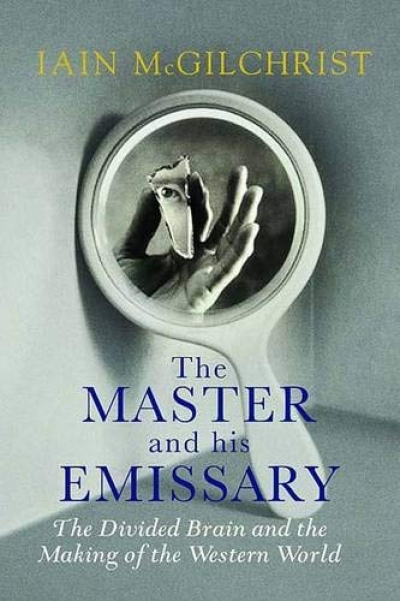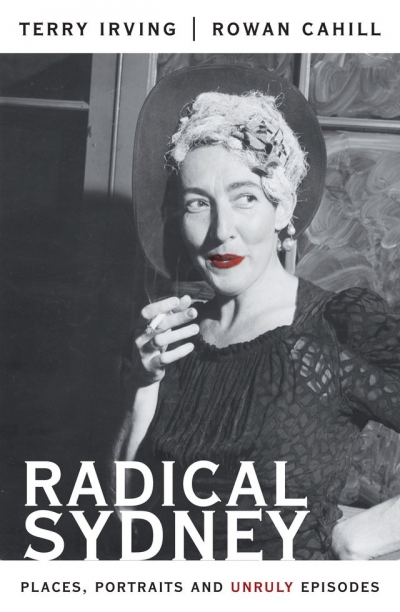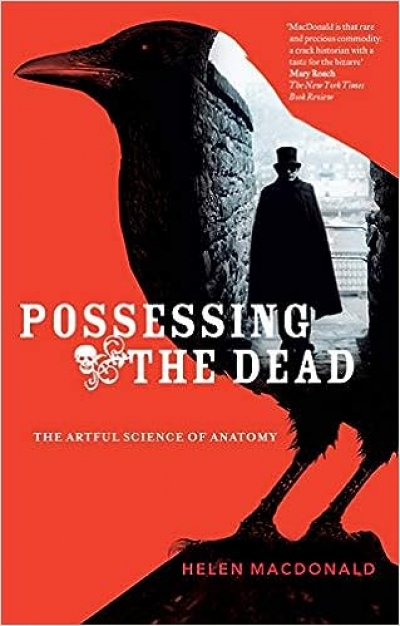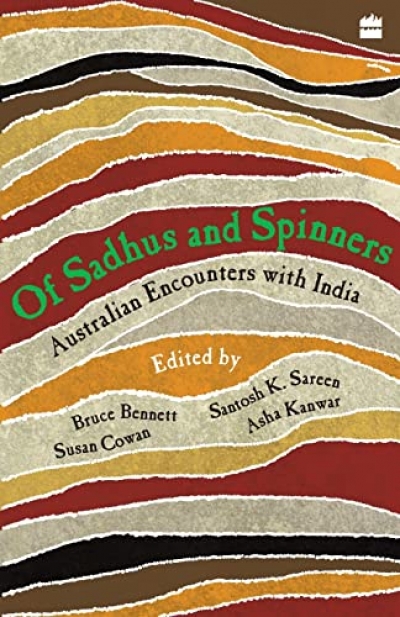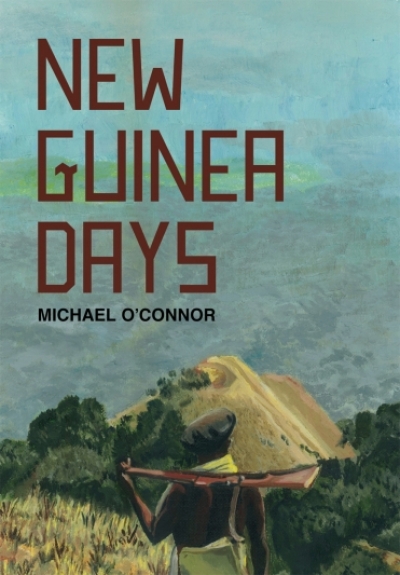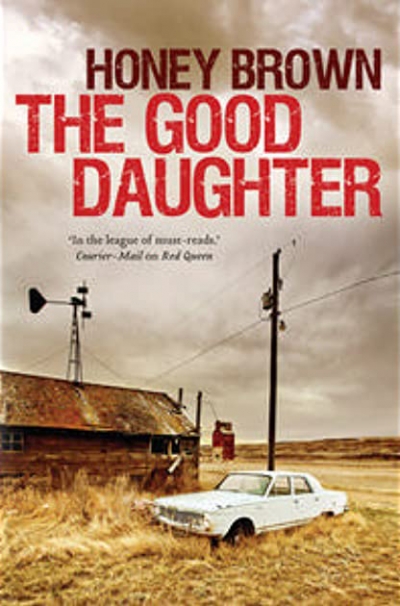Archive
The Master and His Emissary: The Divided Brain and the Making of the Western World by Iain McGilchrist
Radical Sydney: Places, Portraits, and Unruly Episodes by Terry Irving and Rowan Cahill
Possessing the Dead: The Artful Science of Anatomy by Helen MacDonald
Biography seems relatively easy to produce, but difficult to write well. It is therefore treated with a certain amount of suspicion by academics. Historians tend to regard it as chatty, not primarily concerned with policy or the identification of social factors; literary people are more sympathetic, but, in order to blot out the prosy or the fact-laden, tend to revert to a default position. Biography for them is basically about writers, and best written by literary academics.
... (read more)Across the decades, on both sides of the Great Divide and at campfires and barbecues, in pubs and public halls and class-rooms, ‘Banjo’ Paterson, Henry Lawson and C.J. Dennis have been recited, selectively quoted, and parodied. Their most popular works have migrated into Australian folklore; hardly surprising, as what they wrote largely derived from the tradition of bush ballads and bush yarns. Theirs have become our stories, familiar, reassuring of our cultural roots and attitudes. To some extent, they are a kind of comfort literature.
... (read more)Of Sadhus and Spinners: Australian Encounters with India edited by Bruce Bennett, Santosh K. Sareen, Susan Cowan and Asha Kanwar
Many adults who grew up the 1980s doubtless remember a hairy, conical-shaped creature with very big feet that lived in the Australian bush, as well as a large hippopotamus that lived on a little girl’s roof and ate cake. The conical creature was, of course, Grug. Ted Prior’s Grug books were small, affordable paperbacks featuring simple but entertaining stories about this unflappable creature. The series is now being republished, and it includes new titles such as Grug and the Circus and Grug Learns to Read (Simon & Schuster, $4.99 pb, 32 pp).
... (read more)
